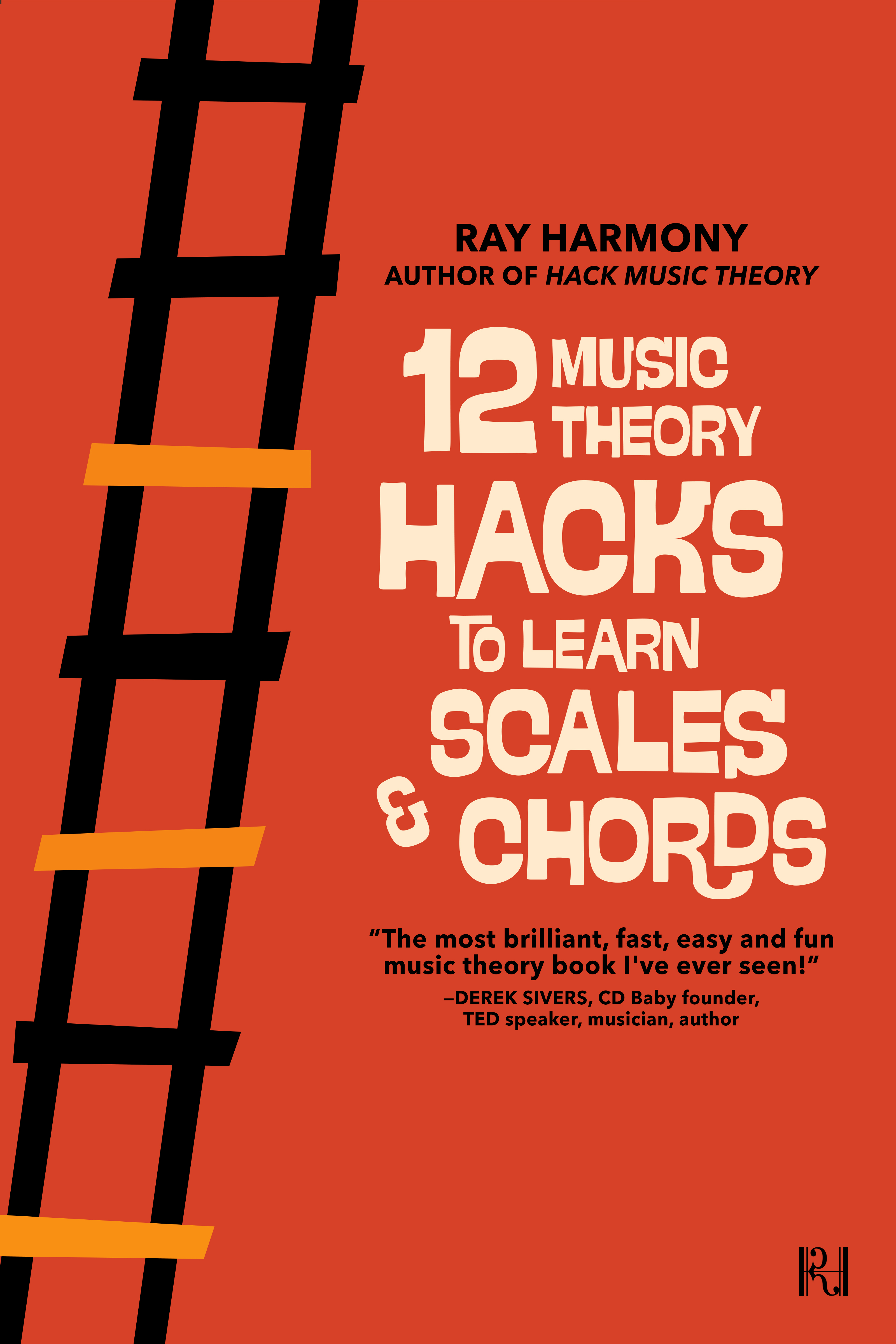Discover the go-to chord progression that The Chainsmokers use in their hit-making formula!
When The Chainsmokers' brand new Coldplay collaboration "Something Just Like This" came out two weeks ago, did you notice that it sounds just like their smash hit from last year, "Closer"? Well, that's because they use the exact same chord progression and the exact same harmonic rhythm (i.e. when the chords change), in both these songs. Before I expose the music theory behind The Chainsmokers hit factory, be sure to subscribe if you wanna stay bang up-to-date on 2017’s hottest music theory trends!
Right, without further ado, here's their secret formula: ♭VImaj(add9) → ♭VIImaj → Im7 → ♭VIImaj
They're in the key of F minor (and not A♭ major, as Wikipedia is incorrectly informing the world!), so therefore the actual chords they're using are: D♭maj(add9) → E♭maj → Fm7 → E♭maj. Check out the MIDI piano roll below for the notes in each chord:
Why is this chord progression so popular? There's a few reasons for this. First, it starts on a maj(add9) chord, which is always instantly lovable, as major is happy and adding the 9 (i.e. 2nd note) makes the chord sound super dreamy. Second, you hear two happy major chords before the first minor arrives, and people like feeling happy. Third, the one common note on top of every chord makes the changes flow and keeps every chord sounding familiar, but therefore predictable. Fourth, it slowly climbs up to the root chord Fm7, so by the time the root finally arrives, it feels rather satisfying, but predictable. Fifth, the last chord is actually the second chord repeated, which makes this chord progression even more predictable.
Do you see a pattern forming? This, my revolutionary music-making friends, is always the downfall of hits. For a song to become a hit, it needs to be predictable, but people get really really sick of hearing a predictable song after a few months. The insanely short shelf-life of hits is the sacrifice these hit factories make when they're chasing hits. Is that sacrifice worth it to you? The fact that you're here reading a music theory blog tells me that you want more, you want to learn the language of music so you can make artistic songs that will not expire after a few months. I salute you for that!
And on that note, watch the video above to find out how this chord progression can be improved in order to extend its longevity into the decades, then use this approach for your own music, and it will be both popular and long-lasting.
As always, please feel free to connect or comment below, I read all messages. Thank you sincerely for your time, your open mind, and your dedication to the art of music. Happy songwriting!
Ray Harmony
Music Teacher
Victoria BC, Canada
 | |
Wooohooo!!! You're a mere 30 minutes away from being even smarter than you already are. Just head over to your inbox now for your free download.
